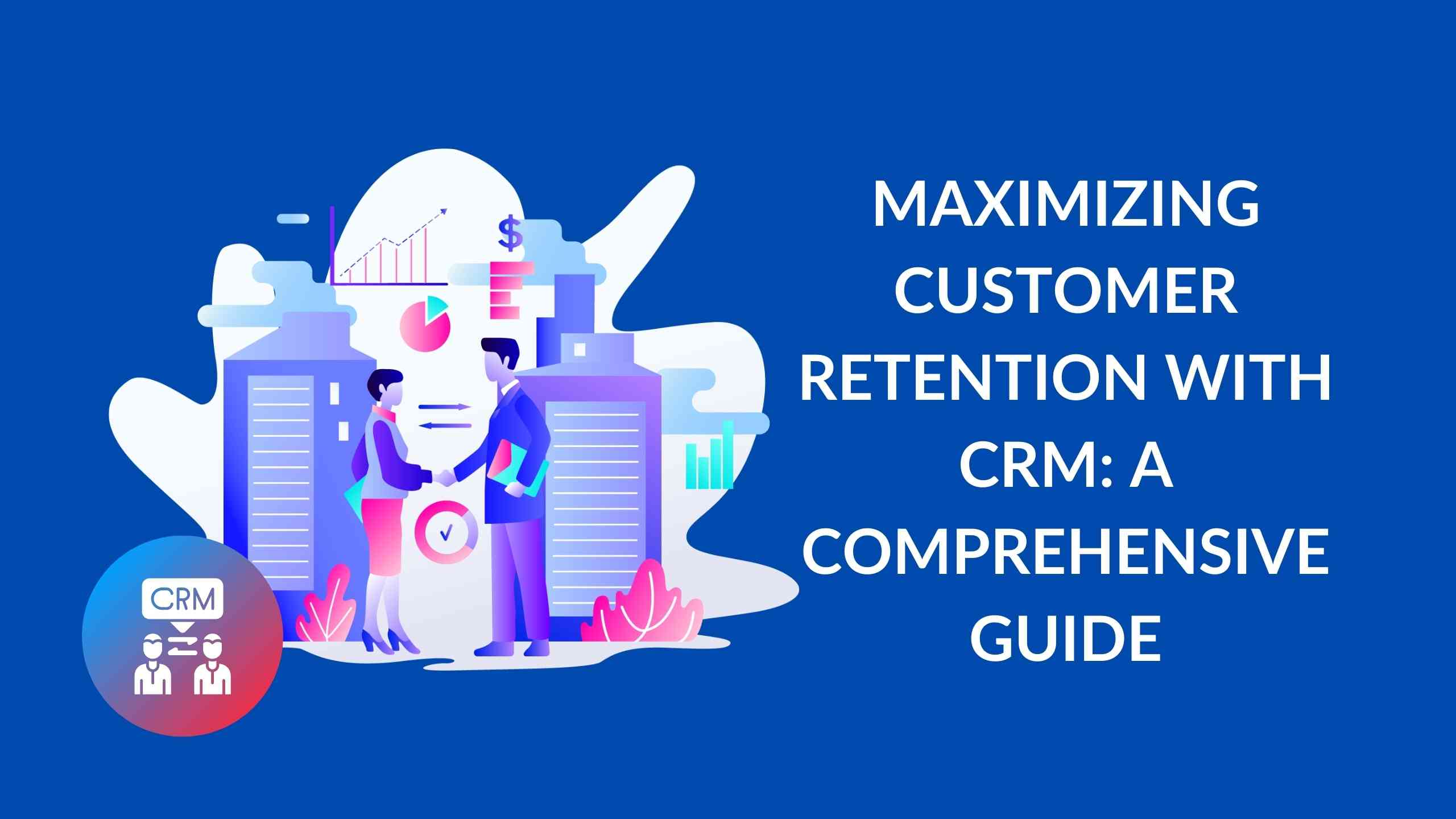Maximizing Customer Retention with CRM: A Comprehensive Guide
- Proposal Software Customer Relationship Management


Maximizing Customer Retention with CRM: A Comprehensive Guide
In today’s fast-paced and highly competitive business environment, customer retention stands out as a critical metric for companies striving to thrive. Customer Relationship Management (CRM) systems serve as powerful tools to optimize customer retention efforts by providing a comprehensive view of customer interactions, preferences, and behavior. However, the implementation of a CRM system alone is not sufficient for success. To truly maximize customer retention, companies must formulate and execute effective strategies within the framework of their CRM system.
The Role of CRM in Customer Retention
Implementing a CRM system is an essential step toward building lasting customer relationships. A successful CRM strategy goes beyond the mere collection of data; it involves leveraging insights to enhance customer experiences. Here are key strategies to consider:
1. Collect and Analyze Customer Data
At the core of any CRM system is its ability to collect and analyze customer data. The best CRM systems go beyond basic information to gather relevant data, providing insights into customer behavior and preferences. Utilizing this data allows companies to create personalized experiences that boost customer satisfaction and loyalty.
Related Resource: 3 Ways to Increase Customer Retention with CRM
2. Segment Customers Effectively
Recognizing that not all customers are alike is crucial for successful retention. Companies must segment their customer base based on demographics, behavior, and preferences. This segmentation enables tailored marketing and customer service efforts, significantly increasing the chances of retaining each customer.
Related Resource: Customer Retention Strategies You Need to Implement
3. Offer Personalized Experiences
Once customer segments are identified, companies can leverage insights gained to provide personalized experiences. From marketing messages to product recommendations and customer service interactions, personalization enhances customer satisfaction and fosters loyalty.
Related Resource: Maximizing Business Performance with CRM Platforms
4. Harness the Power of Automation
CRM systems offer robust automation capabilities, streamlining processes such as lead nurturing, customer follow-ups, and service requests. Automation not only saves time but also improves the customer experience by delivering timely and relevant communication. This, in turn, boosts customer satisfaction and retention rates.
Related Resource: CRM and Customer Retention: A Winning Combination
5. Measure Success with Key Performance Indicators (KPIs)
Regularly monitoring and analyzing KPIs are vital for measuring the success of a CRM implementation. Key indicators such as customer retention rate, customer lifetime value, and customer satisfaction should be tracked. This data helps companies identify areas for improvement and optimize their CRM strategy.
Related Resource: Understanding CRM: A Comprehensive Guide
Conclusion
While implementing a CRM system lays a foundation for maximizing customer retention, success requires more than just technological integration. It demands the development and execution of effective strategies that leverage the CRM system’s capabilities. By offering personalized experiences, segmenting customers, automating processes, and measuring success, companies can enhance customer satisfaction and loyalty. This, in turn, leads to increased revenue and profitability.
Remember, the journey towards optimal customer retention is ongoing, and continuous efforts to refine and enhance CRM strategies will contribute to long-term business success.





